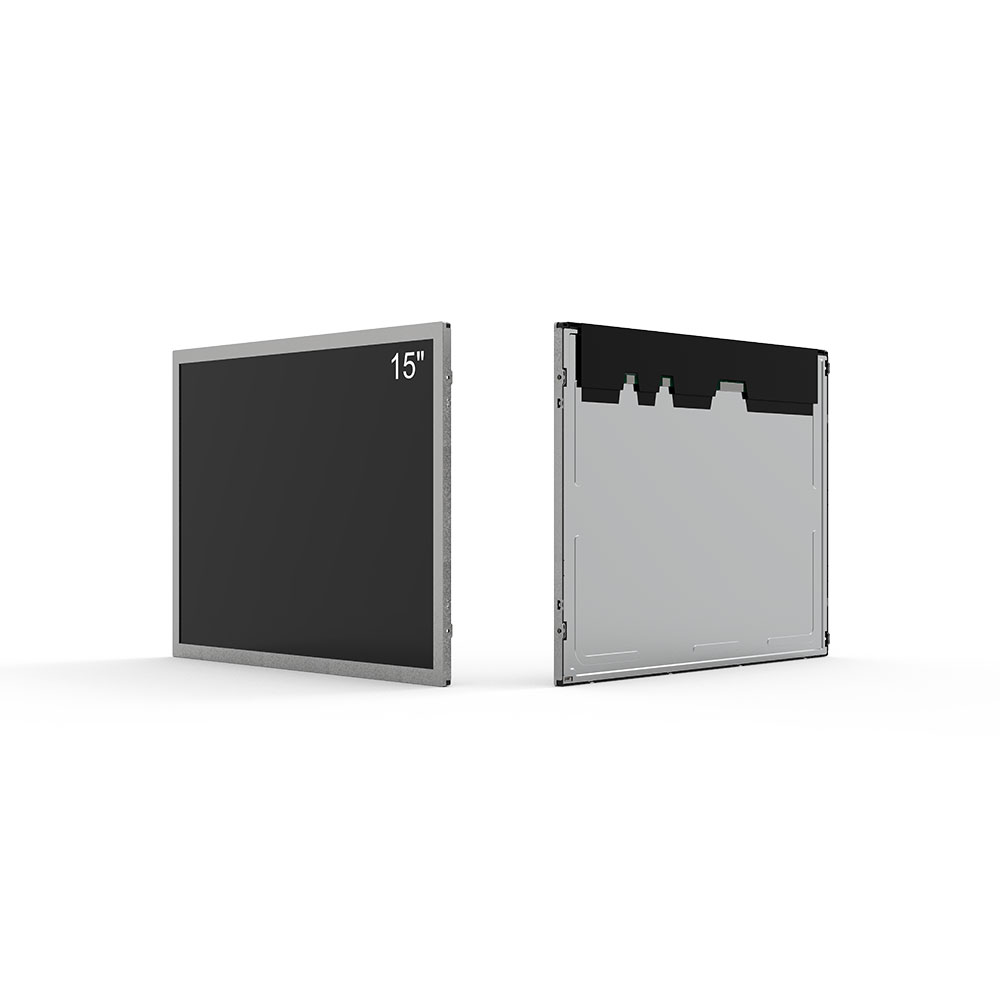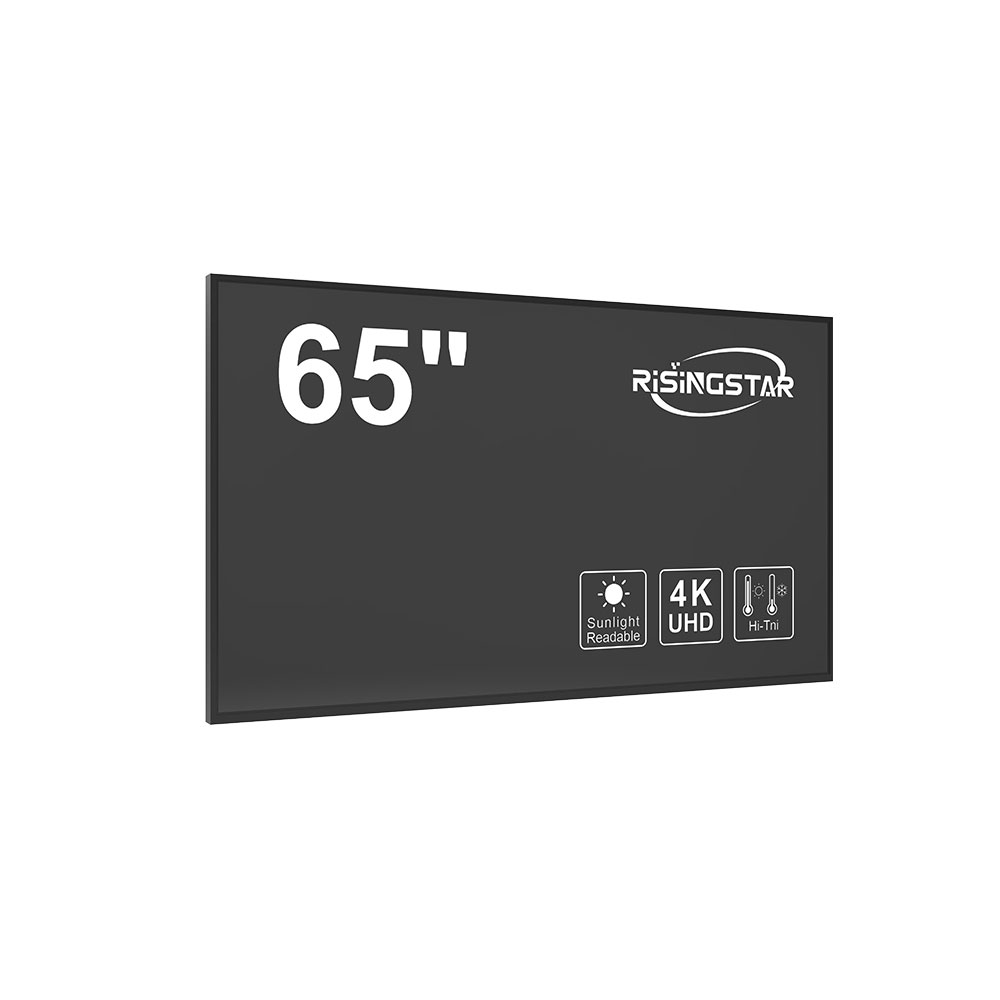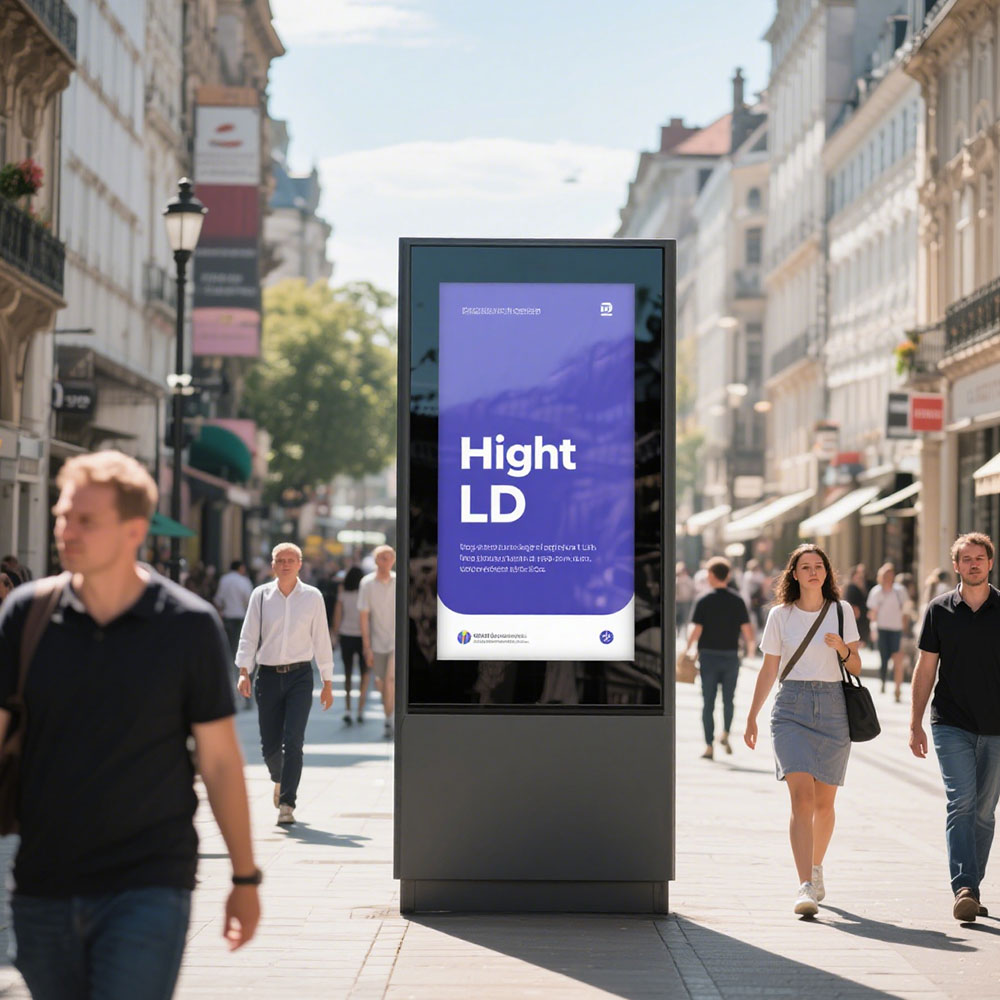When selecting an outdoor LCD screen for industrial applications—such as manufacturing plants, construction sites, or transportation hubs—it's critical to prioritize durability, visibility, and performance under extreme environmental conditions. Unlike indoor displays, outdoor LCDs must withstand temperature extremes, humidity, UV exposure, and physical impacts while maintaining consistent image quality and operational reliability.
First, consider the brightness level. Industry standards such as EN 60068-2-1 and IEC 60068-2-30 recommend a minimum brightness of 5,000 nits for full sun readability. For high-visibility environments like mining operations or highway signage, we often specify 7,000–10,000 nits using high-efficiency LED backlighting and anti-reflective coatings. This ensures content remains legible even at noon in direct sunlight—a common challenge for traditional 1,000–2,000 nit screens.

Second, evaluate IP rating and ingress protection. A minimum IP65 rating is essential for dust resistance and water jets (as per IEC 60529), but for harsher conditions—such as offshore platforms or chemical processing units—an IP67 or even IP69K certification is recommended. These ratings guarantee protection against high-pressure water jets and steam cleaning, which are routine in industrial maintenance protocols.
Third, assess thermal management. Industrial LCDs operate in ambient temperatures ranging from -30°C to +60°C. To prevent thermal shutdowns or display degradation, manufacturers should use passive cooling systems with heat sinks and active cooling via fans or liquid-cooled solutions. In our case studies with European logistics firms, we’ve seen a 40% reduction in downtime by integrating smart thermal sensors that adjust fan speed based on real-time internal temperature readings.
Fourth, ensure mechanical ruggedness. The screen housing must be made of aluminum alloy or stainless steel to resist vibration, impact, and corrosion. Mounting options—including wall, pole, or trailer mounts—should comply with ISO 16750-3 for mechanical shock and vibration resistance. For mobile deployments, like truck-mounted monitoring units, we’ve tested 3-axis shock absorption systems that meet MIL-STD-810G requirements.

Finally, look for certifications and compliance. Certifications like CE, FCC, RoHS, and UL 1950 validate electrical safety and electromagnetic compatibility (EMC). Additionally, ISO 14001 and ISO 45001 demonstrate adherence to environmental and occupational health standards—key for global procurement teams sourcing equipment for multinational operations.
In summary, choosing the right outdoor LCD screen isn’t just about screen size or resolution—it’s about engineering resilience. With proper selection based on environmental stressors, certifications, and system integration capabilities, industrial users can achieve long-term ROI, reduce maintenance costs, and improve operational visibility across global assets.








